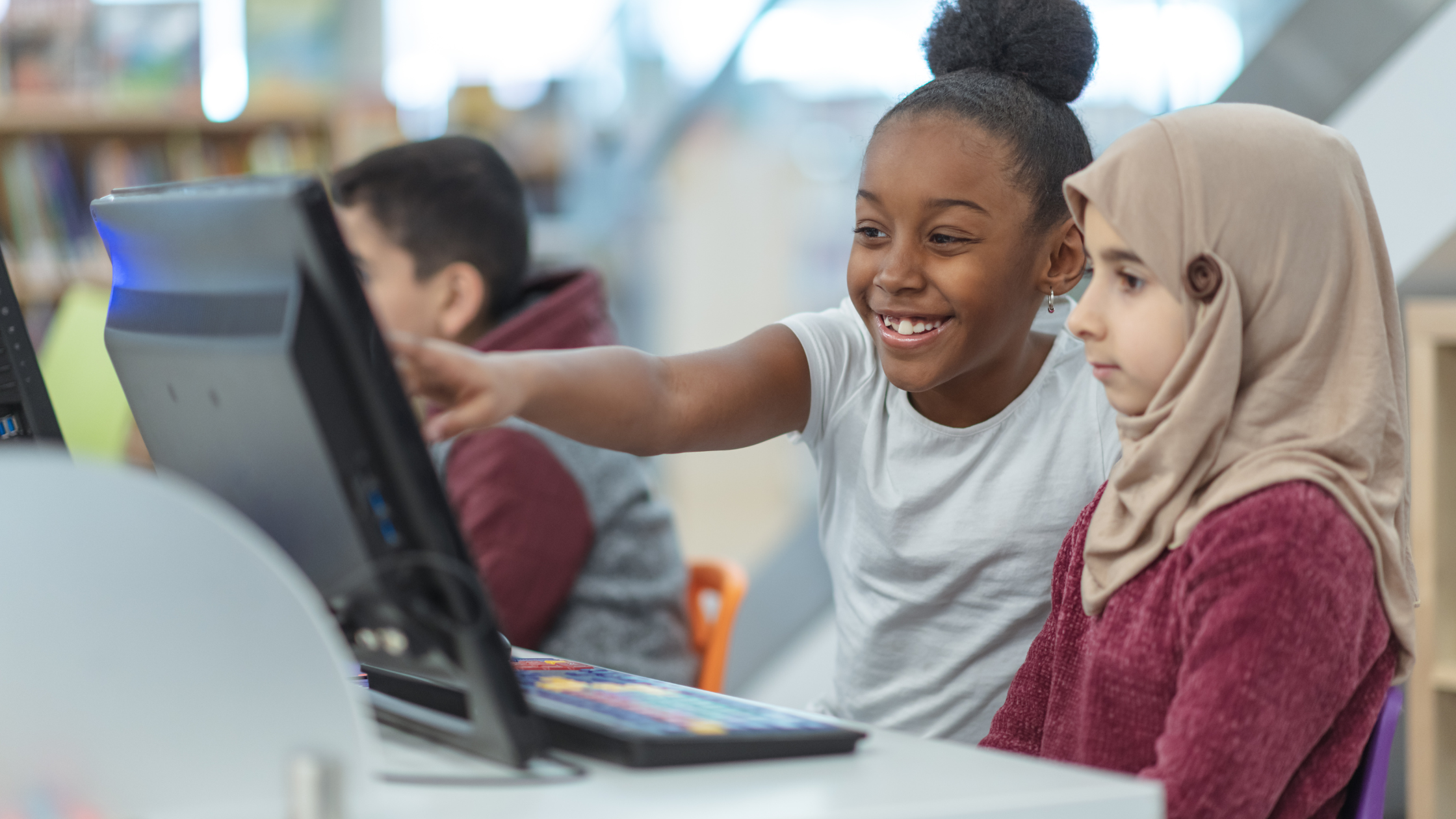Computer Science (CS) is a fascinating field that is rapidly evolving and becoming an integral part of our everyday lives. However, the complexity of coding and understanding CS concepts can sometimes be daunting, especially for young learners. Here's an updated guide on how to make CS more engaging and comprehensible for students.
The Magic of Block-Based Coding
While text-based coding in languages like Python, Java, and C++ is the standard for adults, it's essential to remember that we're teaching children, and their learning needs differ significantly. As a CS teacher and professional development specialist, I've observed students' frustrations with the lack of instant gratification from coding output, the absence of visual graphics, and the highly technical nature of program syntax.
Block-based programming offers a solution to these challenges. It provides a more accessible entry point into the world of coding, allowing students to grasp fundamental concepts before diving into more complex languages. This approach, known as scaffolding, involves using programming concepts as puzzle-like pieces to sequentially build a visual program. It eliminates the need to worry about spelling or formatting a command correctly and often includes visual graphics to demonstrate how the program works.
Here are a few updated block-based languages and platforms that are excellent for beginners:
- Scratch - This platform remains a favorite for learning how to create games and animations. It also boasts a vibrant community of young coders, providing a space for sharing and collaboration.
- Thunkable - Thunkable allows students to create mobile and web applications using block-based coding. It's a great way to introduce app development concepts.
- CodeBlocks in Tinkercad - This platform combines coding with 3D design, allowing students to create and manipulate 3D objects using block-based coding.
- EduBlocks - EduBlocks offers a variety of languages such as Python, HTML, and BBC micro:bit in a block-based format, providing a smooth transition from block-based to text-based coding.
- MakeCode - Microsoft's MakeCode brings computer science to life with fun projects, immediate results, and both block and text editors suitable for different levels of learners. We highly recommend Arcade & BBC micro:bit.
Incorporating Creative Coding & Text-based Languages
Creative coding is another engaging approach to teaching CS. It involves using programming for expressive, artistic purposes rather than functional ones. Tools like Processing, p5.js, p5.play, and Aframe allow students to create interactive graphics, animations, and music, making coding a more creative and enjoyable experience and can be completely online based.
In our diverse classrooms, it's crucial to make CS curricula culturally responsive. This involves recognizing and validating students' cultural identities in the content and pedagogy, making CS more relevant and engaging for all students.
Remember, the goal is not just to teach students how to code, but to inspire a lifelong love for learning and exploration in the field of Computer Science. Happy coding!


0 comments